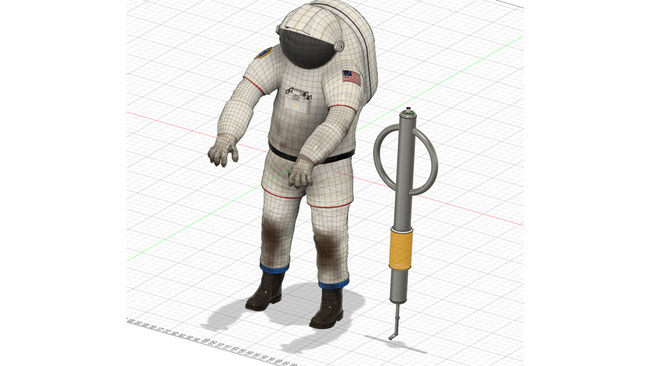Mars dust management will be a constant need across all Mars manned operations. While not as severe as Lunar dust, Mars dust may clog machines and degrade the living environment. Compressed gas has been shown to be effective at extra-terrestrial dust removal:
https://phys.org/news/2023-02-liquid-nitrogen-spray-stubborn-moon.html.
The proposed "Dustbuster" device (no power needed) and associated actions can help minimize dust brought back into the Mars manned habitats and vehicles.
Part of concept behind this device is that humans create waste CO2 that is usually simply vented from the habitats or vehicles. The Dustbuster concept instead requires that the waste CO2 is stored in a compressed CO2 tank for use, which would be integrated into habitat and vehicle design requirements. A human produces about 1 kg of CO2 every day, and it shame to waste valuable oxygen, nitrogen or other air components to charge a dustbuster. Over a year a crew of 4 produces more than 1 Ton of CO2 and it can be captured and used with less energy than other methods. CO2 is also inert compared to oxygen. Nitrogen on Mars will be very rare.
The compressed CO2 connection in the air lock is a CAD asset, as is the Dustbuster device.
The storyboard starts with a context image, then shows the Dustbuster device connected to the CO2 feed in the airlock and how it is charged and disconnected. The final images show the device in proximity to hatch before EVA and use at the end of the EVA.
